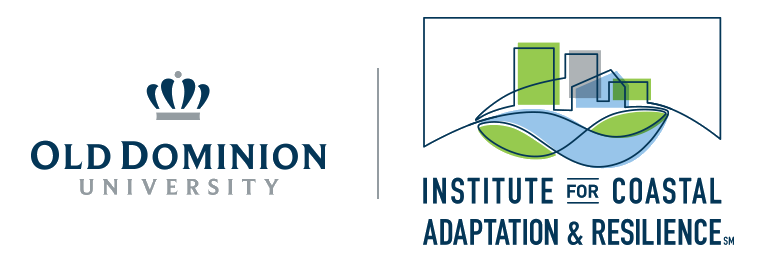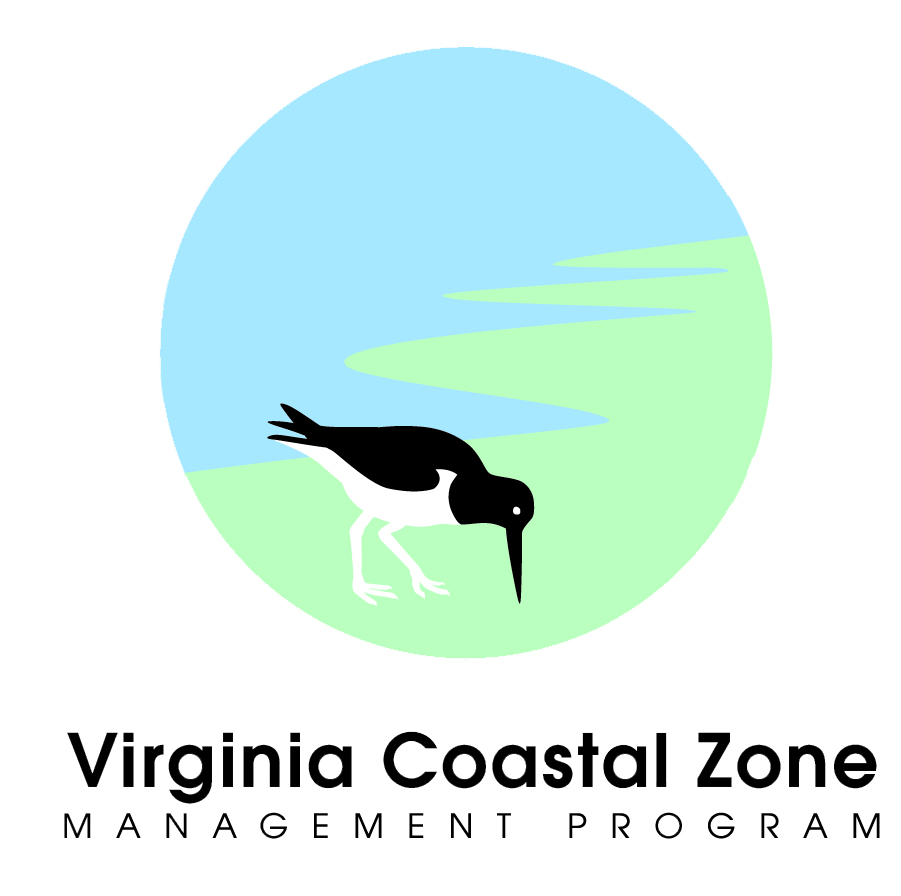Scorecard Categories
Category 1: Policy, Leadership, and Collaboration
This category measures policy and legislation in place for resilience and includes coordination and collaboration between various levels of government, and how accessible and open government data is to the public or members of the Tribe.
Category 2: Risk Assessment and Emergency Management
This category examines how well a locality or Tribe has conducted risk assessments to prepare for flood, storm, wildfire, drought, and extreme temperature hazards (as relevant), identified vulnerable populations and their needs during or after a hazard, and developed plans for disaster preparedness and response, including a Hazard Mitigation Plan.
Category 3: Infrastructure Resilience
This category assesses how well the locality or Tribe has identified methods and plans for protecting critical infrastructure from climate impact-induced hazards, including using natural or nature-based features (NNBFs).
Category 4: Planning for Resilience
This category assesses the comprehensive plan and zoning code for resilience, how a locality or Tribe is using incentives to promote resilience in building and development, how policies protect ecosystems, how they use green infrastructure to improve resilience, and how much resilience has been incorporated into planning.
Category 5: Community Engagement, Health and Well-Being
This category assesses how the locality or Tribal government and staff engage with residents in planning for flood, storm, wildfire, drought, or extreme temperature hazards, including social equity considerations, and examines the locality or Tribe’s attention to issues of health and wellness during and after hazards.
The RAFT Scorecard, most recently updated in September 2024, is available here.

.png)



